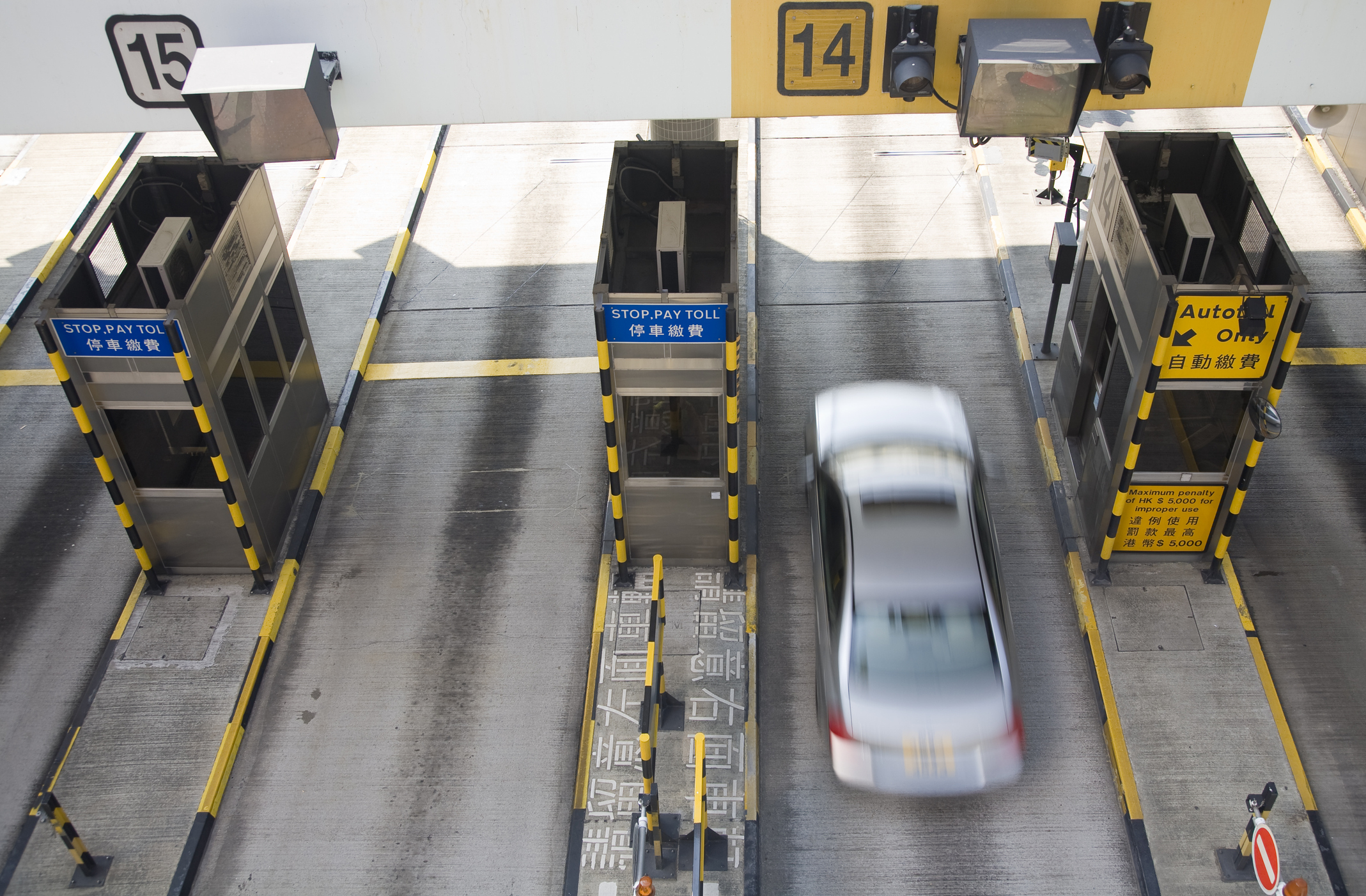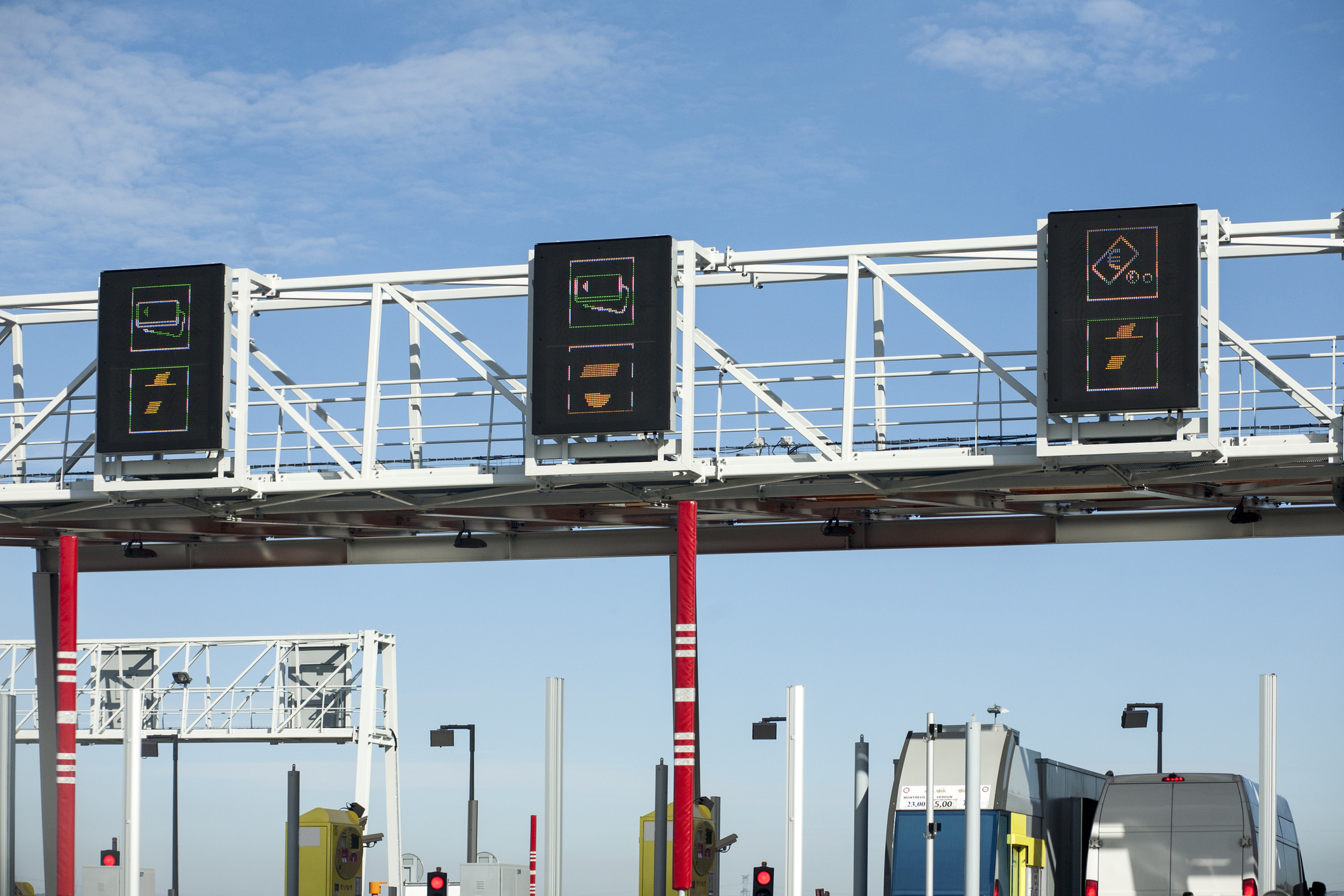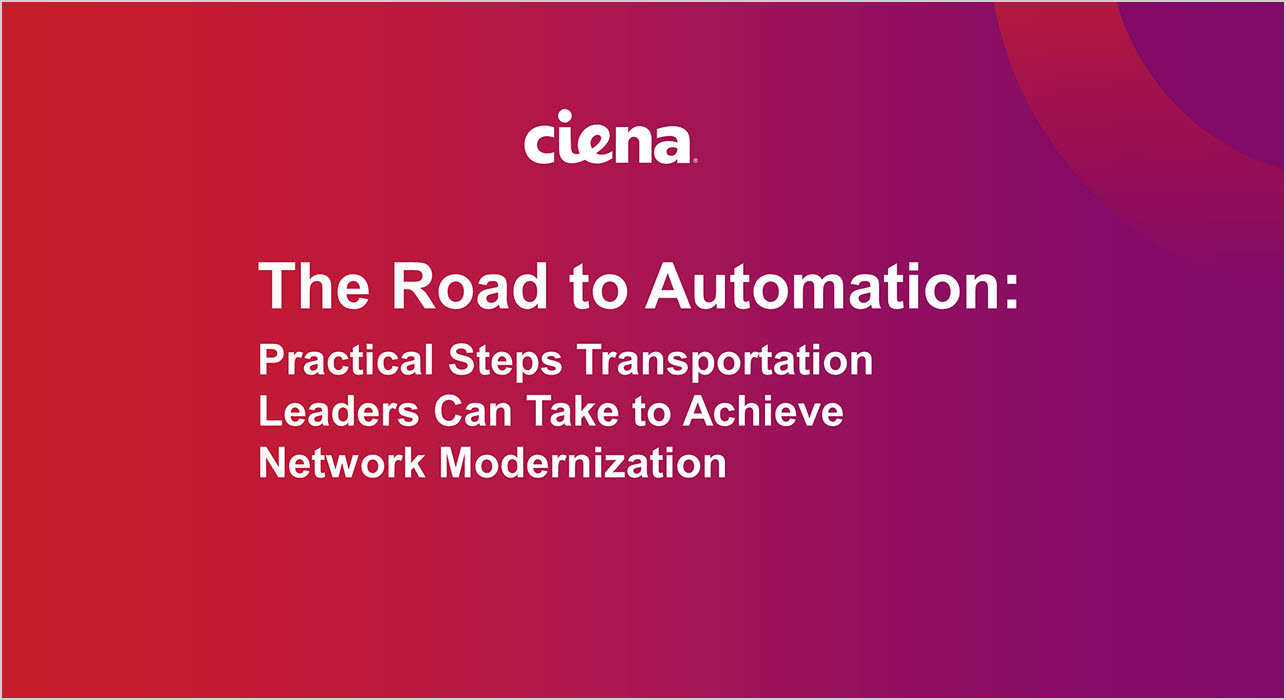Is your tollway authority searching for non-toll revenue sources? Look no further than your fiber assets.
 Despite tollway traffic volume returning to near pre-pandemic levels and increased forecast for toll revenue, tollway authorities are searching for new, non-toll revenue sources. The pressing need to create new revenue streams has become so important that the International Bridge, Tunnel, and Turnpike Association (IBTTA) established a working committee to research new revenue streams. The working committee is examining non-toll revenue possibilities like data monetization, advertising, agency rest areas, and subscription-based approaches to other road-based services. However, the answer may be closer than these other options. Many tollway authorities have deployed fiber-optic cables along their rights-of-way that are not being utilized to full capacity. Tollway authorities can monetize these assets by selling excess network capacity.
Despite tollway traffic volume returning to near pre-pandemic levels and increased forecast for toll revenue, tollway authorities are searching for new, non-toll revenue sources. The pressing need to create new revenue streams has become so important that the International Bridge, Tunnel, and Turnpike Association (IBTTA) established a working committee to research new revenue streams. The working committee is examining non-toll revenue possibilities like data monetization, advertising, agency rest areas, and subscription-based approaches to other road-based services. However, the answer may be closer than these other options. Many tollway authorities have deployed fiber-optic cables along their rights-of-way that are not being utilized to full capacity. Tollway authorities can monetize these assets by selling excess network capacity.
Why the need for new non-toll revenue sources?
Although financial analysts are forecasting healthy toll-revenue growth over the next few years, the increases are due primarily to fee increases. Depending upon the tollway authority, these increases may be applied to both passenger and commercial traffic or primarily to commercial traffic. There is debate among authorities about whether toll increases will decrease traffic volumes, which in turn would reduce total toll revenue. In addition, many tollway authorities are forecasting increases in operational expenses that surpass anticipated toll revenue increases. Some authorities are also faced with pending balloon payments in interest rates from previous years’ infrastructure debt. While there are federal government funding programs for critical infrastructure, like the Transportation Systems sector, most require a demonstration of long-term financial sustainability.
How a next-generation fiber network can help.
 1. Cashless tolling systems
1. Cashless tolling systems
One approach tollway authorities are taking to increase revenues is to eliminate losses/leakages in tollway charging, billing, and collection processes. Some industry estimates indicate that US toll authorities are unable to collect over two billion dollars annually due to various breakdowns in the toll charge through the collection process.
As a first step to improving current toll revenues, many authorities are deploying cashless payment systems. Cashless tolling systems allow enhanced access and ease of travel to regular motorists via open-road tolling, reduce costs for authorities, and create a safer travel environment. To ensure the maximum efficiency of these systems, tollway authorities are also deploying high-capacity fiber-optic networks along their rights-of-way, which benefits them in the following ways:
- Quickly and accurately identify toll users and collect charges owed.
- Allow redesign of toll plazas for faster and safer traffic flow while reducing expenses for tollbooths and staff facilities.
- Provide motorists with a more convenient, safe experience as they travel the turnpike system.
- Operational cost savings.
 2. Broadband projects
2. Broadband projects
The U.S. government is also providing significant funding for broadband projects to expand the access, adoption, and use of high-speed internet and its related technologies and services to all citizens. Many state and local governments, consortia, telecom service providers, electric utilities, and others are pursuing these funds to build or expand their fiber networks. In many cases, these entities focus on expanding the last mile, the portion of the network that connects homes, businesses, and neighborhoods. To lower total costs and make the most efficient use of government funds, these entities often look to lease middle-mile capacity. The ‘middle mile network’ is an industry term that describes network infrastructure that connects the last mile network to other network service providers, major telecom carriers, and internet service providers. Middle mile networks typically include rural and remote areas, which align nicely with tollway authority fiber-optic networks deployed along their rights-of-way. Providing middle-mile capacity to entities expanding their broadband projects can generate substantial new and ongoing revenue streams for tollway authorities.
3. Business services to anchor institutions
Tollway authorities can also pursue funding through government programs to expand their fiber-optic networks beyond their rights-of-way. With the right network equipment, authorities can offer cost-efficient, high-performance network connectivity like Ethernet, MPLS, wavelength, and spectrum services to anchor institutions like government agencies, rural healthcare clinics, universities, K-12 districts, public safety, and others.
How Ciena helps tollway authorities
All three of these options can help tollway authorities create new, non-toll sources of revenue, but they require a high-speed, low-latency, and resilient network connectivity to power digital applications. Ciena’s carrier-grade packet optical routing and switching portfolio provides the sub-10 millisecond or less transmission latency connectivity to back-office applications necessary for real-time vehicle identification and billing, wholesale broadband capacity, and business services. Ciena’s Manage, Control and Plan (MCP) domain controller software enables turnpike authorities to monitor and control the network to quickly identify and resolve any potential issues.

Operating the network
However, most tollway authorities do not wish to become telecom service providers who then have to operate their networks. They are searching for alternative revenue sources to help accomplish their mission of operating at maximum efficiency, maintaining, and improving system infrastructure to provide a quality motorist experience. Fortunately, there are numerous public-private partnership (P3) models that enable an authority to engage the private sector to operate their expanded fiber networks. While there is a vast range of P3 options, some of the more common include the following:
- The tollway authority owns the network and outsources the network operations center (NOC) to an experienced private sector company.
- The authority establishes a non-profit entity in conjunction with other government agencies to operate the network.
- The authority owns the fiber-optic assets and outsources network sales, operations, management, billing, collections, marketing, and all other network-related functions to a private sector entity on a revenue-sharing basis.
- The tollway authority provides access to its rights-of-way to a private sector company that deploys and manages the fiber-optic network. At the end of a specified period of revenue sharing, the fiber-optic assets revert to the tollway authority.
These are just a few examples of public-private partnership models. Tollway authorities should explore creative P3 models with the private sector to find the model that works best for its business requirements. Similarly, Ciena recognizes that each turnpike authority needs a unique, comprehensive network strategy that addresses its individual situation and requirements.







